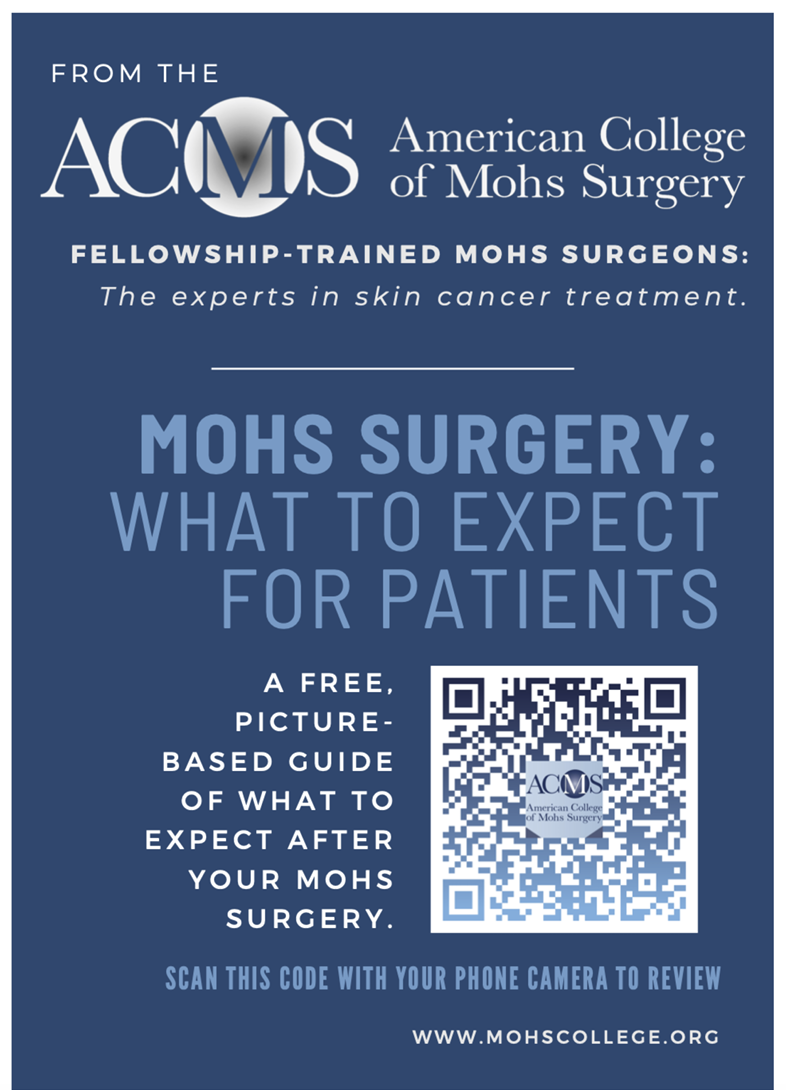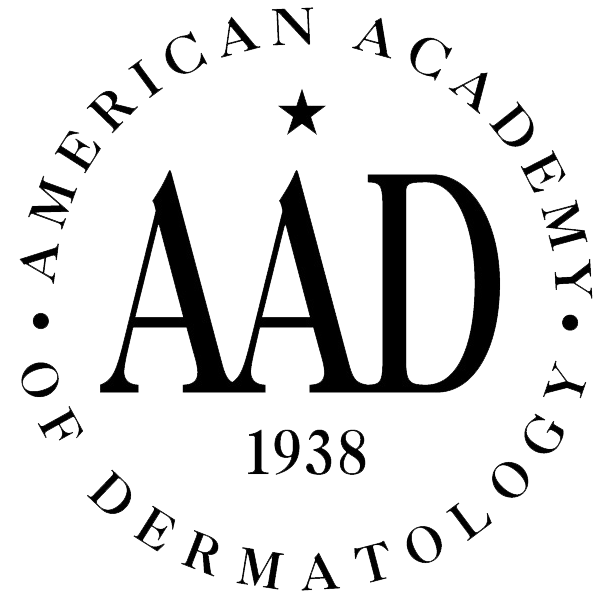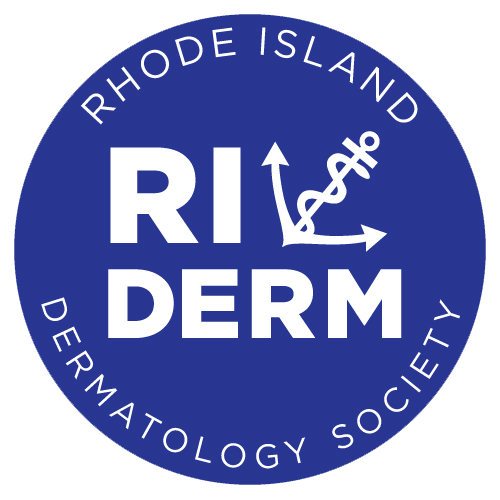As of February 2024, we are so happy to be offering Mohs micrographic surgery at our Cranston clinic location with Dr. Su Luo!! Dr. Luo is a fellowship-trained Mohs surgeon and a member of the American College of Mohs Surgeons (ACMS). She previously was the Director of Dermatologic Surgery at Lahey Clinic (Burlington, MA), where she was for 6 years.
Using ACMS resources, we developed this page to answer some commonly asked questions about Mohs surgery.
What is Mohs surgery?
Mohs micrographic surgery is a specialized method for the removal of skin cancer that combines surgery with microscopic margin analysis. Mohs surgery is the most effective treatment for skin cancer today. It offers the highest potential for cure for most skin cancers – up to a 99% success rate – even if the skin cancer has been previously treated by another method. Mohs surgery achieves this high cure rate because the cancer is removed with the highest precision while healthy skin and tissue are spared.
In other words, a surgical method of removing skin cancer with highest rate of clearance. It requires examining the edges while you wait in the clinic, resulting in a longer visit, but clear margins before the site is sutured closed.
Watch an introductory video HERE from ACMS.
What can I do to prepare for Mohs surgery?
Do NOT discontinue any of your prescription medications unless specifically instructed by one of your physicians. Anticoagulants and anti-platelet agents such as warfarin and aspirin are NOT commonly stopped for dermatologic surgery. You may halt fish oil and avoid alcohol and NSAIDs on the days preceding surgery as this may help with bleeding without untoward risk.
Make sure to eat a breakfast, bring something to read or watch and feel free to bring a family member for support. They may accompany you in the room while you wait, but usually are asked to wait outside the room during the surgery.
What postoperative scenarios may occur?
Some postoperative pain and a scar are anticipated consequences of surgery. A low overall risk of postoperative complications are expected but include: bleeding, hematoma, infection, opening of the wound, and nerve damage.
To read more about postop scenarios, click Here or scan the QR code with your phone to have the free post-op guide on your phone.
What does it mean to be a fellowship-trained Mohs surgeon?
- 1-2 additional years training after 4-year dermatology residency
- Minimum 650 surgical cases during fellowship
- Competitive review and selection process to enter training
- Exposure to rare tumor pathology, challenging tumor locations, and complex wound reconstruction
- Training programs must pass a rigorous application and review process
We are so honored you have selected Coastal Derm to be your dermatology providers and Mohs Surgery providers. We know how important it is to understand what are the best choices for your skin and skin cancer treatments.






